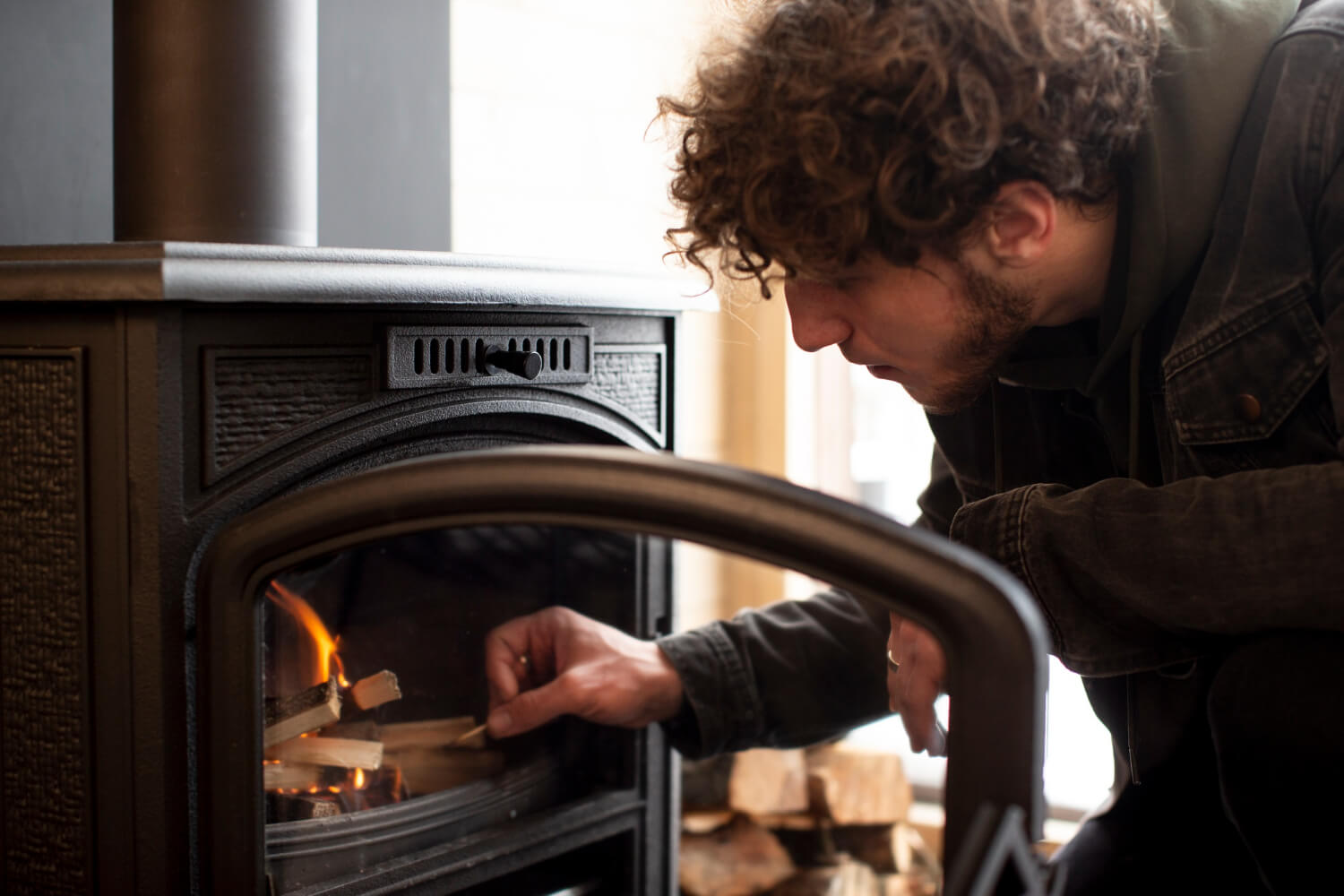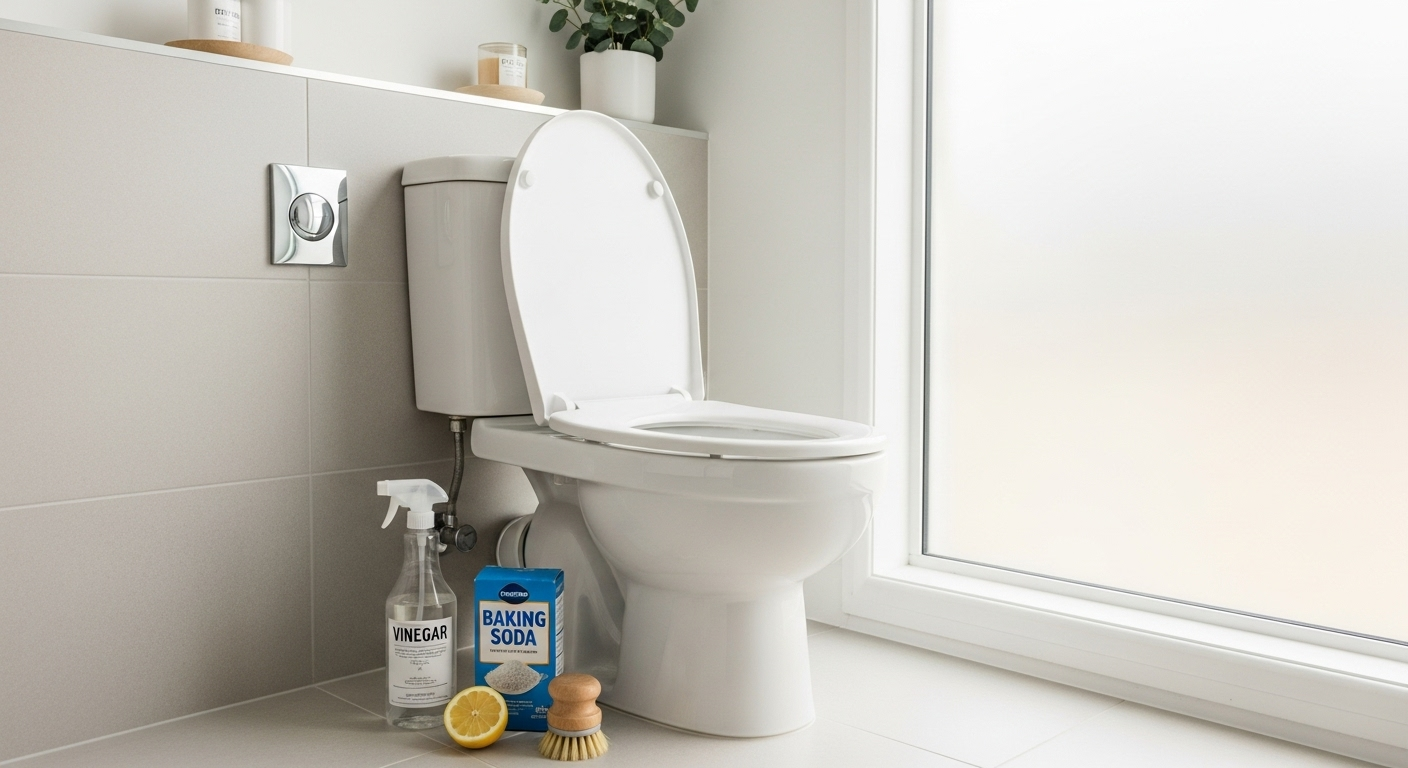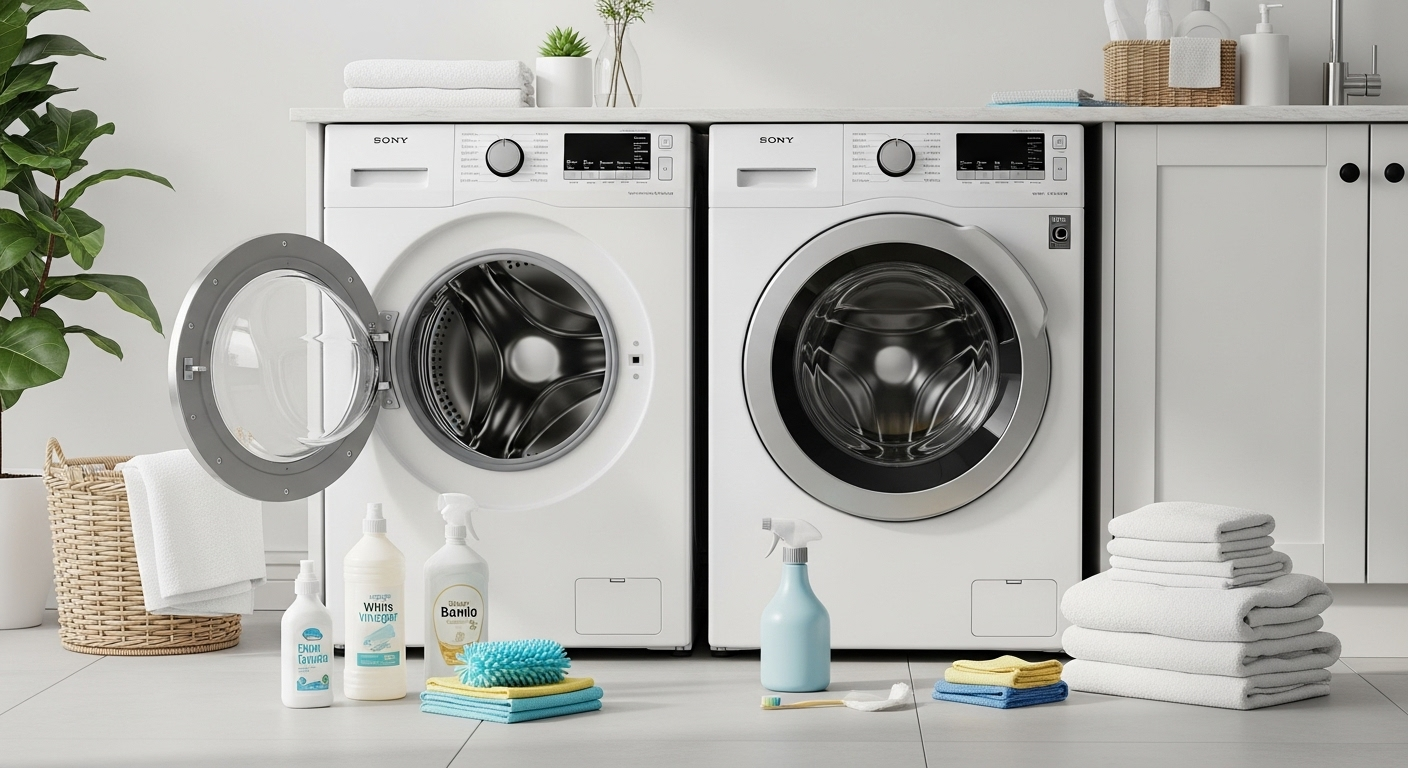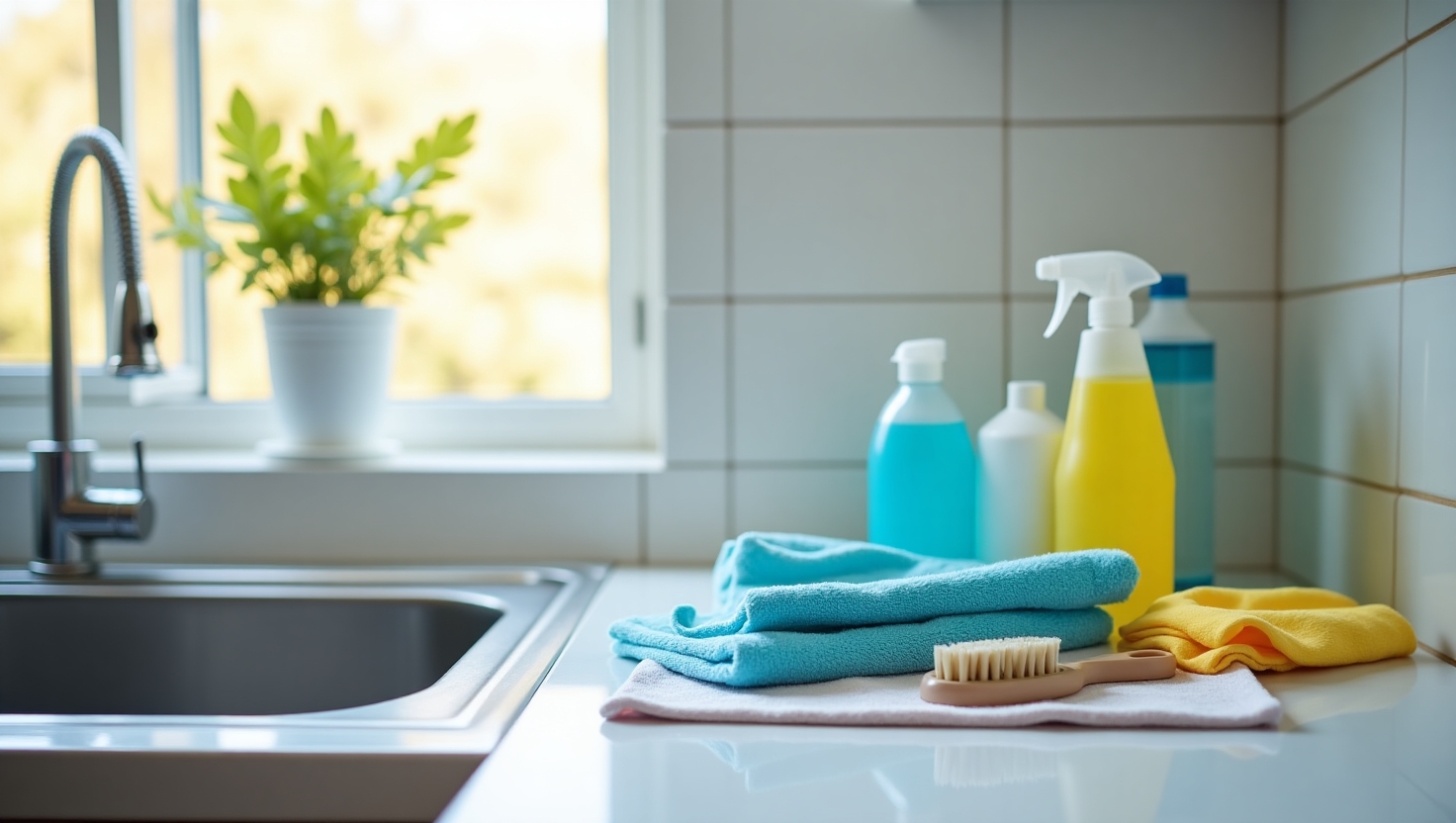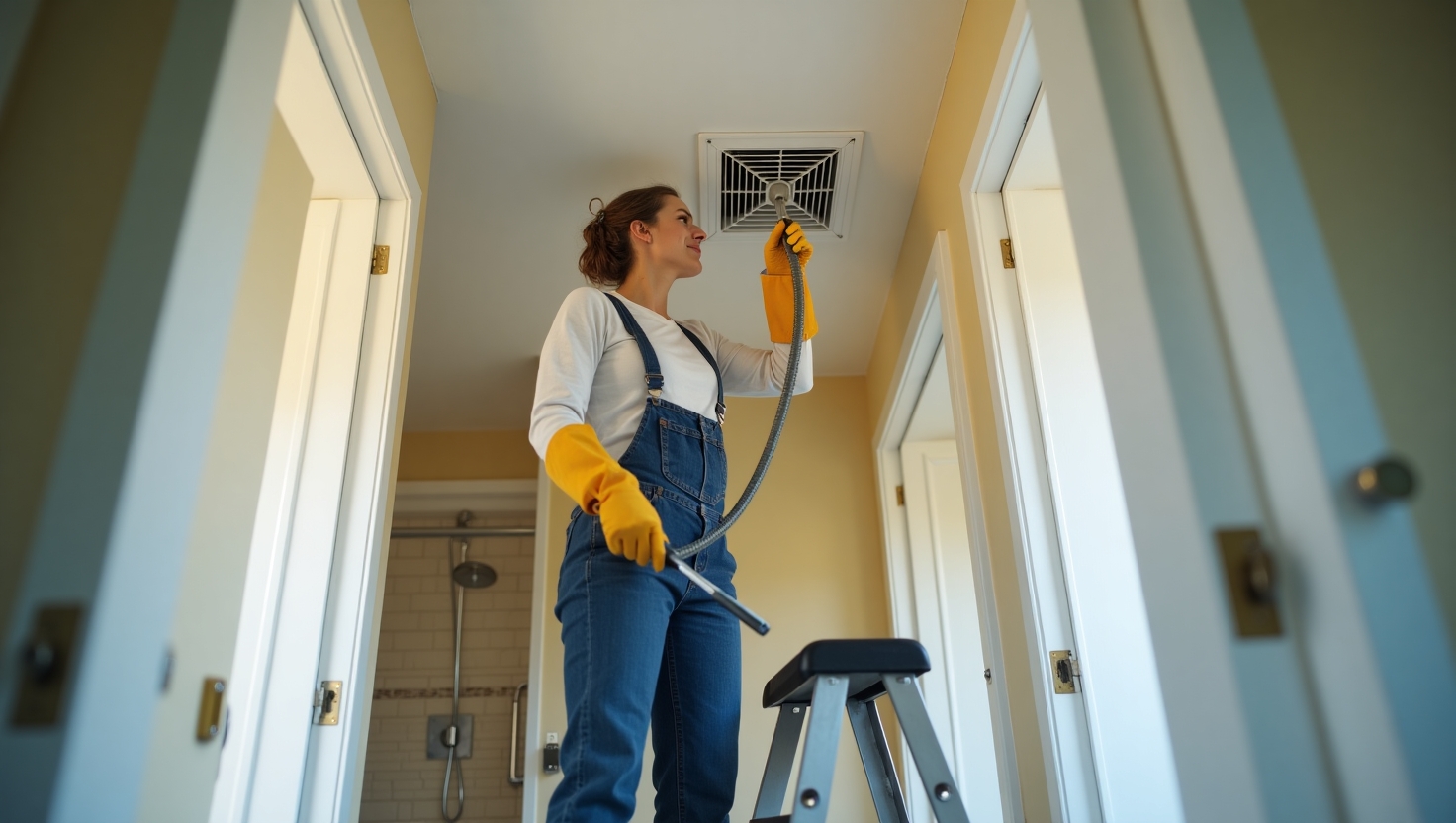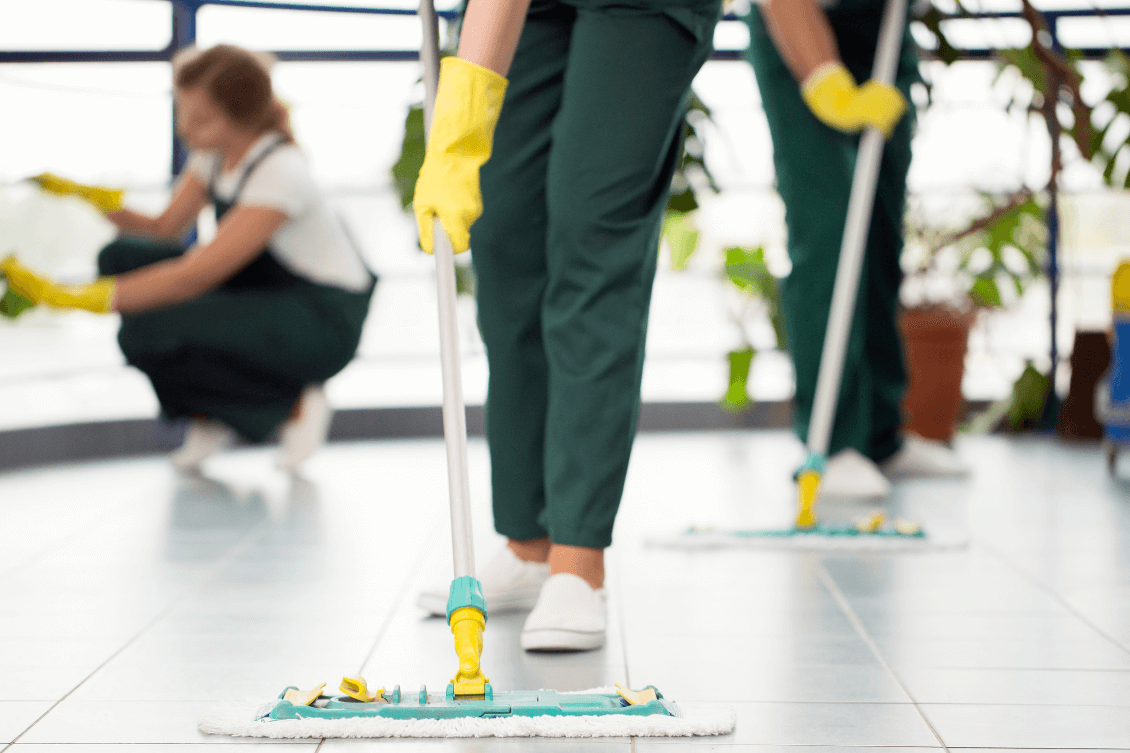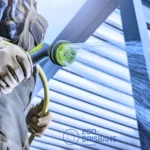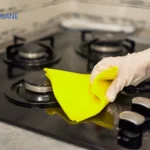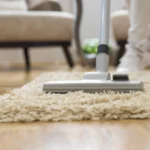Wood burners and stoves provide wonderful warmth and ambience to a home, especially during the colder months. However, regular cleaning and maintenance are essential to keep your wood burner or stove operating safely and efficiently. Soot, ash and creosote build-up can impair performance and create potential fire hazards if left unchecked.
Follow this comprehensive guide to learn how to thoroughly clean a wood burner or stove from top to bottom. With proper techniques and tools, you can remove built-up grime and restore your appliance to its best working order.
Table of Contents
- Gather the Proper Supplies
- Remove Ash from Firebox
- Clean Out the Venting System
- Scrub Interior Surfaces
- Polish Exterior Surfaces
- Inspect Door Seals and Gaskets
- Clean Fan Blades and Blower Motor
- Remove Creosote Buildup
- Safely Discard Debris and Ash
- Maintain Annual Service
- FAQs related to cleaning wood burners
Gather the Proper Supplies
Before tackling a wood burner cleaning, ensure you have the right equipment and supplies on hand. Here’s a checklist of must-haves:
- Sturdy gloves to protect your hands
- Safety goggles to shield eyes
- Metal scoop and brush to remove ash
- Creosote cleaning brush with long sturdy bristles
- Small wire brush to clean vents and surfaces
- Mild cleaning solutions such as vinegar, dish soap or commercial cleaners
- Buckets for catching debris
- Drop cloths or dust sheets to protect floors
- A torch for seeing into dark areas
Avoid using harsh chemicals or abrasives that could damage the surfaces of your wood burner. Mild, eco-friendly cleaners are ideal.
Remove Ash from Firebox
The first step in any wood stove or burner cleaning is to remove built-up ash from the firebox. Always allow the stove to fully cool before attempting this task. Use a small metal shovel and brush to scoop and sweep away ash into a metal bucket.
When clearing ash, take care not to damage any internal components like fire bricks or baffles. Work slowly and thoroughly to remove all ash residue from the firebox floor and walls. This helps eliminate odours and improves airflow within the appliance.
Clean Out the Venting System
Ash and creosote often accumulate in the venting pipes and chimney of a wood burner. Use the wire brush to scrub away debris from the inside of venting pipes you can access. Consult a chimney sweep if vents are difficult to reach or haven’t been cleaned in over a year.
It’s also wise to check outside vent covers and spark arrestors for any blockages. Remove sticks, leaves and other debris with a brush. This improves ventilation and reduces risks.
Scrub Interior Surfaces
After ash removal, tackle interior stove surfaces with a mild cleaning solution. Mix dish soap and warm water, or use a specialized wood stove cleaner per the manufacturer’s directions. Apply the cleaner to a soft cloth and gently scrub the interior walls, floor, doors and glass window.
Take care not to damage any painted or enamel finishes. Rinse surfaces thoroughly after scrubbing to remove all cleaning solution residues. Wipe dry with a clean cloth.
Polish Exterior Surfaces
Restore shine and luster to external stove surfaces like doors, lid and trim using a wood stove polish. Apply a small amount to a soft cloth and rub gently into the surface. Avoid getting any polish on glass surfaces.
Buff to remove any haze and reveal a brilliant shine. Regular polishing protects the finish and keeps your wood burner looking its best.
Inspect Door Seals and Gaskets
While cleaning the stove interior and exterior, check door seals and gaskets for any wear, cracks or gaps. Failing seals impair efficiency and allow smoke or fumes to leak during operation.
Replace any damaged or deteriorating gaskets and seals. Use high temperature wood stove rope gasket and adhesive to properly reseal doors and lids. Ensure a tight fit so leaks are prevented.
Clean Fan Blades and Blower Motor
Wood stoves with a blower feature require extra cleaning care. Turn off the stove and allow the fan motor to fully cool. Use a small brush or cotton swabs to remove dust, dirt and debris from the fan blades. Vacuum if needed to clear buildup from the motor.
Clean off the grills covering the blower using a mild cleaner and soft brush. Test fan operation once everything is clean and dry. Have a technician service the fan if any noise or issues occur.
Remove Creosote Buildup
Creosote is a tar-like byproduct of wood burning that accumulates in vents and stove interiors. Use a sturdy creosote brush to scrub away any crusty deposits from combustion chambers, bricks and pipes.
Contact a certified chimney sweep immediately if creosote deposits are thicker than 1/8 inch. Thick creosote substantially increases the risk of a chimney fire. Stay diligent with cleanings to prevent excessive accumulation.
Safely Discard Debris and Ash
Work slowly and carefully when carrying buckets of ash, soot and debris. Wear a protective mask to prevent inhaling ash. Place sealed buckets on a non-flammable surface away from the home. Allow ash to fully cool for several days before disposal.
Never place hot ash in the rubbish bin. Dampen down cooled ash with water before discarding. Ash can be safely disposed of in the regular household waste collection once fully cooled and wetted down.
Maintain Annual Service
In addition to regular cleanings after heavy use, have your wood burner professionally serviced at least once per year. A technician will conduct a thorough inspection and tune-up to keep your stove operating safely and efficiently.
Annual service includes checking seals, pipes, the catalytic converter if applicable, and conducting a carbon monoxide test. Routine maintenance extends the lifespan of your wood burning appliance.
Cleaning a wood burner or stove doesn’t need to be difficult, especially if you follow these key steps. With the right tools and techniques, you can remove built-up ash, soot, creosote and debris. Stay diligent with regular cleaning and annual service to safely enjoy cozy warmth from your wood burning appliance all season long.
For professional wood burner cleaning services in Brisbane, contact Eco Cleaning Brisbane. Our expert technicians service all major brands and models. We also offer chimney inspections and sweeping to reduce fire risks and improve performance. Contact our friendly team today to schedule affordable wood burner cleaning tailored to your needs.
FAQs related to cleaning wood burners:
✓How often should you clean a wood burner?
Clean the stove thoroughly after every few days of heavy use, at a minimum monthly during heating season. Remove ash after each use to maintain airflow. Annual professional cleaning/inspection services are also recommended.
✓What is the best way to clean the creosote out of a chimney?
Use sturdy chimney sweeping brushes to scrub away creosote deposits from the inner walls of chimneys and venting. Consult a certified chimney sweep to remove substantial buildup exceeding 1/8 inches thick.
✓Can you use water to clean a wood burning stove?
Small amounts of hot water mixed with mild dish soap make an effective wood stove cleaning solution. Take care to not overflow water into the stove. Always fully dry surfaces after cleaning to prevent rust/damage.
✓When should you replace wood stove gaskets?
Inspect gaskets while cleaning the stove. Replace any with cracks, gaps, brittleness or distortion. Ensure a tight seal when installing new rope gaskets around doors and lids.
